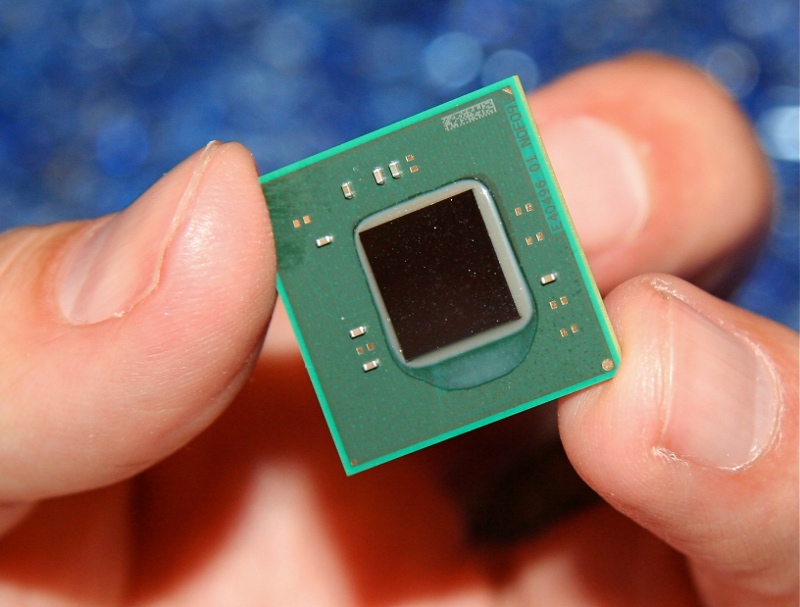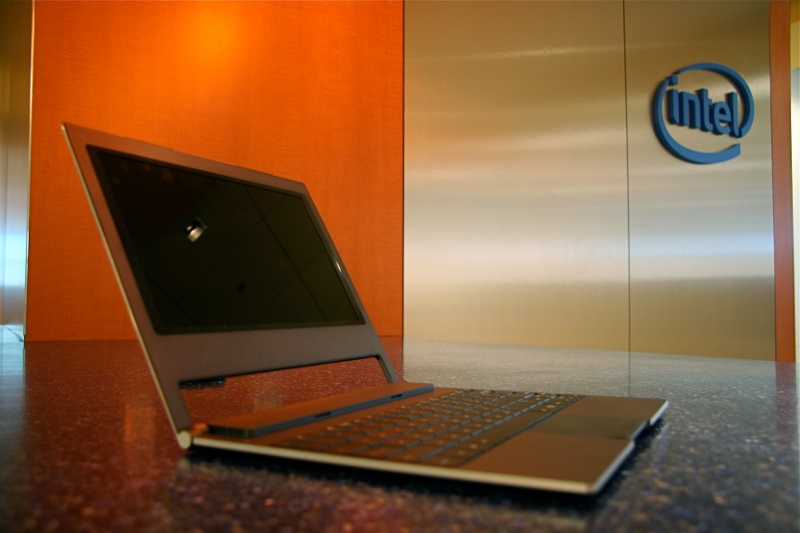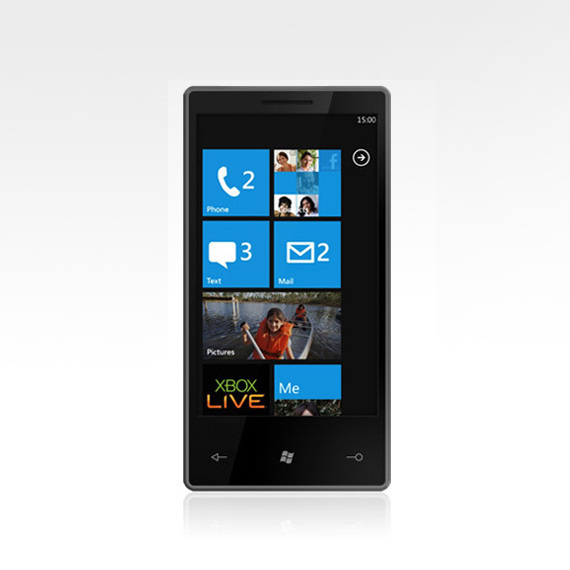Canonical released last evening the final wallpaper for the upcoming Ubuntu 10.10 (Maverick Meerkat) operating system.
A couple of weeks ago, we've announced that Ubuntu 10.10 (Maverick Meerkat) has seventeen new beautiful wallpapers and a lightweight and eye-candy theme, that will please every existing and future Ubuntu 10.10 user.

Apparently the default wallpaper introduces on August 27th, was not good enough for the final release of Ubuntu 10.10, and for most of the Ubuntu users. Therefore, Canonical replaced that ugly wallpaper with the one below.
This is the final and default wallpaper for the Ubuntu 10.10 (Maverick Meerkat) release!
A couple of weeks ago, we've announced that Ubuntu 10.10 (Maverick Meerkat) has seventeen new beautiful wallpapers and a lightweight and eye-candy theme, that will please every existing and future Ubuntu 10.10 user.

Apparently the default wallpaper introduces on August 27th, was not good enough for the final release of Ubuntu 10.10, and for most of the Ubuntu users. Therefore, Canonical replaced that ugly wallpaper with the one below.
This is the final and default wallpaper for the Ubuntu 10.10 (Maverick Meerkat) release!




